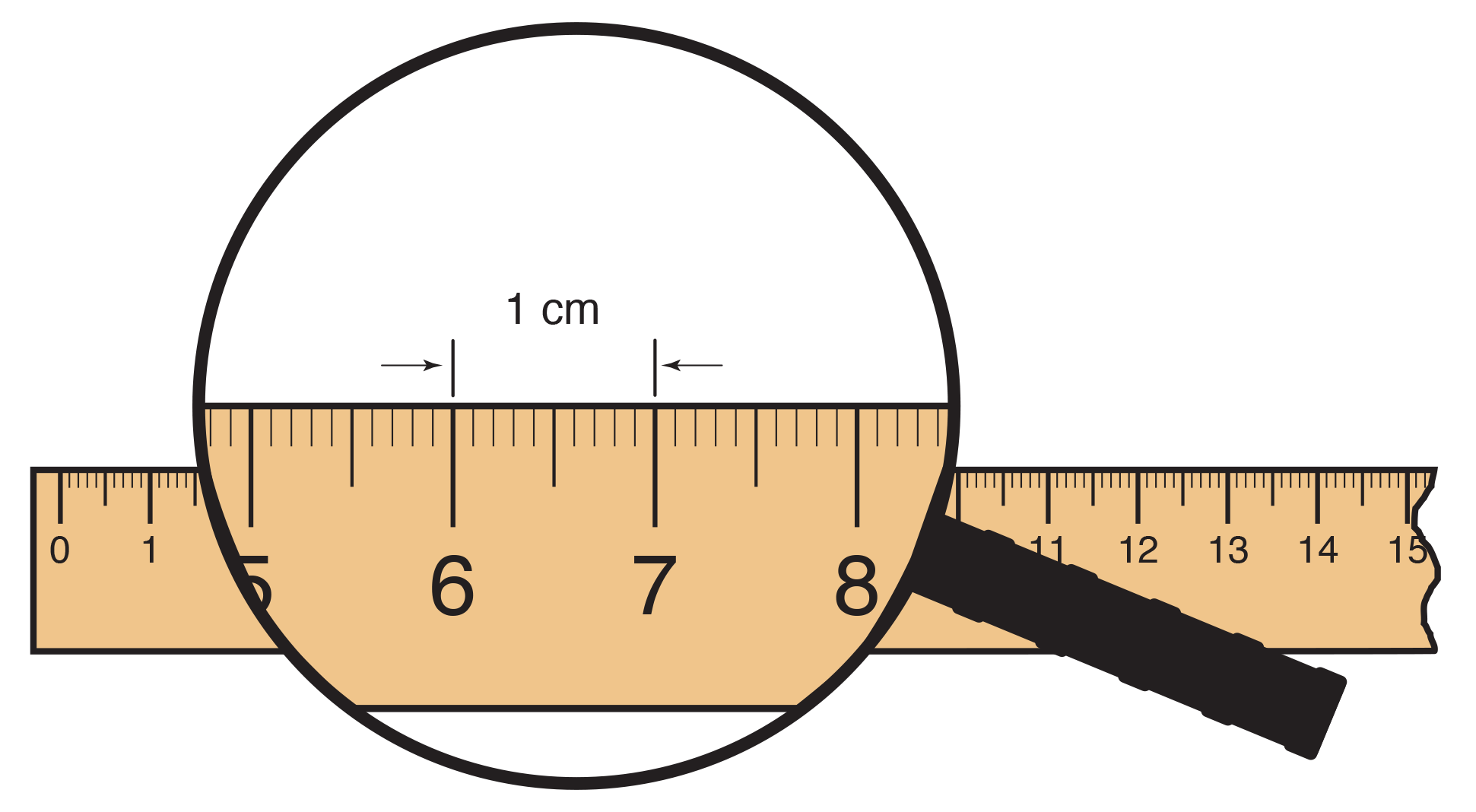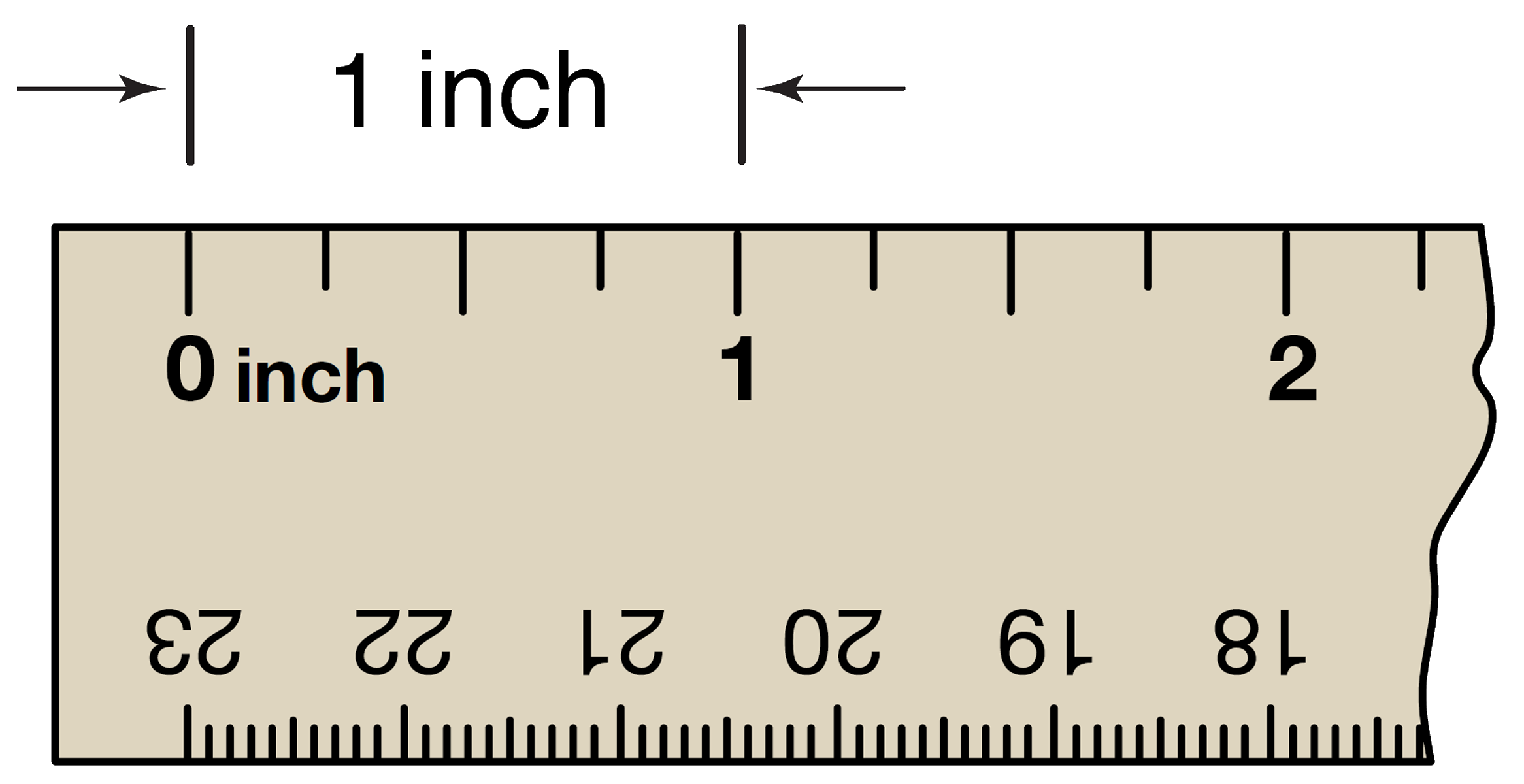Students practice measuring the length of objects using inches and centimeters. Students compare measurements to examine the relationship between the size of a unit and the number of units in a measure. They practice using good measurement techniques.
Content in this Lesson
- Using words and symbols (e.g., <, >, =) to show comparisons of quantities (e.g., lengths) [E1].
- Using and applying place value concepts and comparative language to compare and order lengths (e.g., shorter, longer, shortest, longest) [E2].
- Solving word problems (e.g., compare) involving length [E3].
- Recognizing that the measure of a length is dependent on the size of the unit of measure (e.g., a pencil is 6 inches or 15 centimeters) [E4].
- Estimating length using standard units (e.g., centimeters, inches) [E5].
- Measuring length using standard (e.g., centimeters, inches) units [E6].
- Using labels to show what numbers mean [MPE6].
Assessment in this Lesson
| Assessment | Expectation Assessed | Math Practices Expectation Assessed |
|---|---|---|
|
Measure Toy Animals Check-In: Questions 7–8 with Feedback Box Student Activity Book Pages 185–186 |
|
|
|
DPP Item E Trading Cents Teacher Guide - digital |
|
|


















